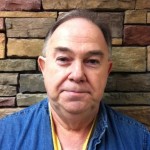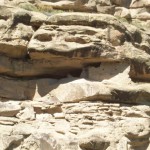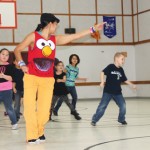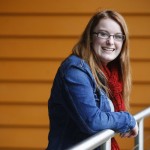
By Brian Daffron, Indian Country Today Media Network
Many people throughout the world find peace and solace through music. For the prolific writer Kurt Vonnegut, Jr., music was the only proof needed “for the existence of God.” Victor Hugo, the original author of Les Miserables, wrote that music “expresses that which cannot be put into words and that which cannot remain silent.”
Former Nashville writer and studio musician Phil Bradley, an enrolled member of the Absentee Shawnee Tribe, has similar philosophical insight about the need for music in our daily lives.
“I believe music helps folks reach their inner being, their soul,” Bradley says. “[Music will] reach really deep into your soul, and teach you that you’ve got something more than just working every day or going to school and coming home, and doing it again tomorrow.”
Bradley’s journey back to his Absentee Shawnee people came with the illness of his mother.
“I came back [to Oklahoma] because they said in 2000 my mom had been expected not to live, say, for a year,” says Bradley. “I said, ‘Well, I’ll come back there and visit her.’ The Lord saw fit that she live three more years.”
By February 2010, Bradley had been contacted by the Absentee Shawnee Tribe’s Behavioral Health Department and written into their Meth and Suicide Prevention Grant. For this new program, the tribe wanted to include both music and drug education. The free music program started with just one child from an abused home. Now Bradley works with more than 85 children and elders.
“There were so many youth in our communities—Native Americans—that had troubles,” says Bradley. “They came from troubled homes—alcohol and drug abuse homes. A lot of them are just thrown aside and not given a chance for anything.”
Since then, Bradley’s position has changed to where he is now the head of the tribe’s Music and Arts Department. Bradley finds himself working up to 13-hour days at times, and teaching guitar, bass guitar and piano in the towns of Shawnee and Little Axe, both of which are within the tribe’s jurisdiction in central Oklahoma. At press time, Bradley had 58 active students ranging in age from teenagers to elders in their 80s.
“The therapists have said it’s been a big benefit to the [students],” says Bradley. “I teach them to respect who they are, and that they have a gift inside them.”
The Music and Arts department’s other endeavors include raising money for their annual summer program and helping with the Meth and Suicide Prevention Walkathon, which takes place annually in October. Bradley also has plans to collaborate on a Shawnee language DVD that will be produced by the tribe.
“I teach them attitude can move mountains,” says Bradley about his style of teaching music. “It can take you places that only people can dream about. That’s our logo. It’s on my wall.”
Read more at http://indiancountrytodaymedianetwork.com/2013/02/12/tribal-instructor-encourages-healing-through-music%E2%80%94it-helps-folks-reach-their-inner-being














